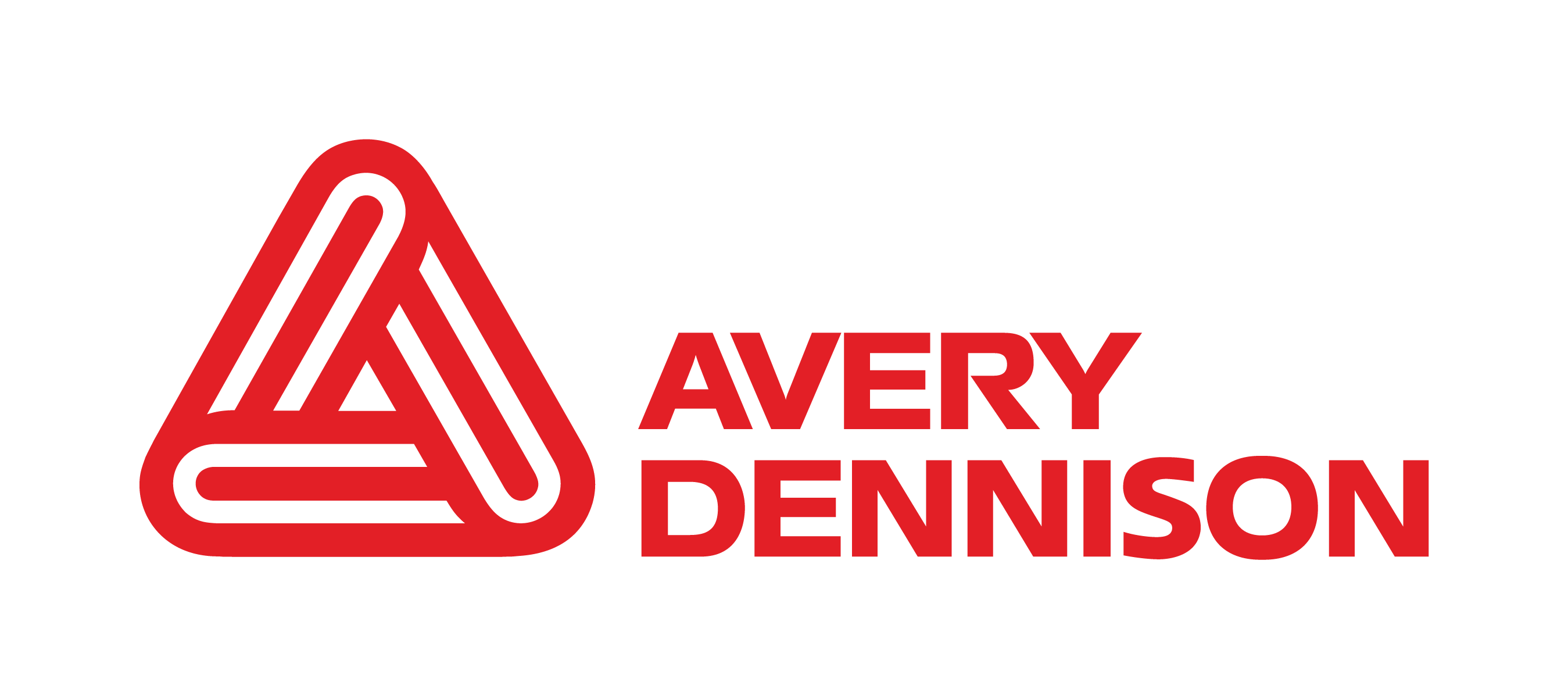Every small step towards sustainability matters, so we are accelerating our mission to make a difference in the pharmaceutical labeling space. Guided by a strong belief in doing our part for the planet and patients, we're evolving our practices to embrace recycled PET (rPET) liners across our pharmaceutical portfolio by the end of 2025. With this transition, all PET30 and PET23 liners will be converted to rPET grades with 30% post-consumer recycled material.
By doing so, our customers will also directly benefit, as this is a tangible way to achieve their own sustainability goals. This shift helps reduce scope three emissions and positively impacts their carbon footprint, while also demonstrating a genuine commitment.
This focus is not new; it's a core part of our DNA. Over recent years, we have developed expertise and achieved progress in incorporating rPET liners across some of our portfolio. And the integration of rPET liners with our S692NP adhesive, highlights our forward-looking approach to sustainable labeling solutions tailored for the pharmaceutical industry.
This strategic shift is driven by the need to reduce pharmaceutical packaging's environmental footprint proactively. Recognizing the industry's understandably cautious stance towards change, particularly when patient safety is at stake, we've designed a transition strategy that ensures a smooth, secure, and hassle-free process for our customers. In alignment with our Pharma Change Management protocols, we are providing a 12-month period for the necessary validation processes.
In addition to these measures, we're happy to offer the AD Circular program, which complements our move to rPET30 liners, amplifying the environmental benefits. AD Circular is our service for recycling used filmic and paper label liners in European countries. With it, we are implementing a new way to enable the recycling of labels and packaging (regardless of their origin) and advancing the use of recycled materials. By completing this transition, we anticipate generating substantial annual savings: approximately 532,000KG of CO2 and 2,266,000 liters of water*.



